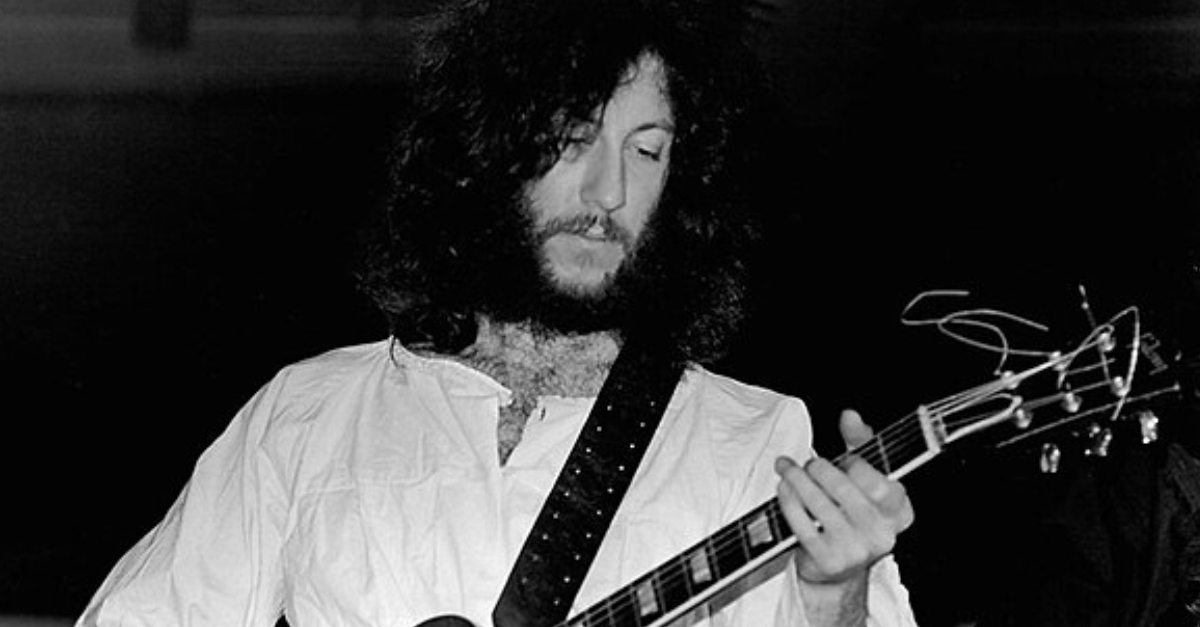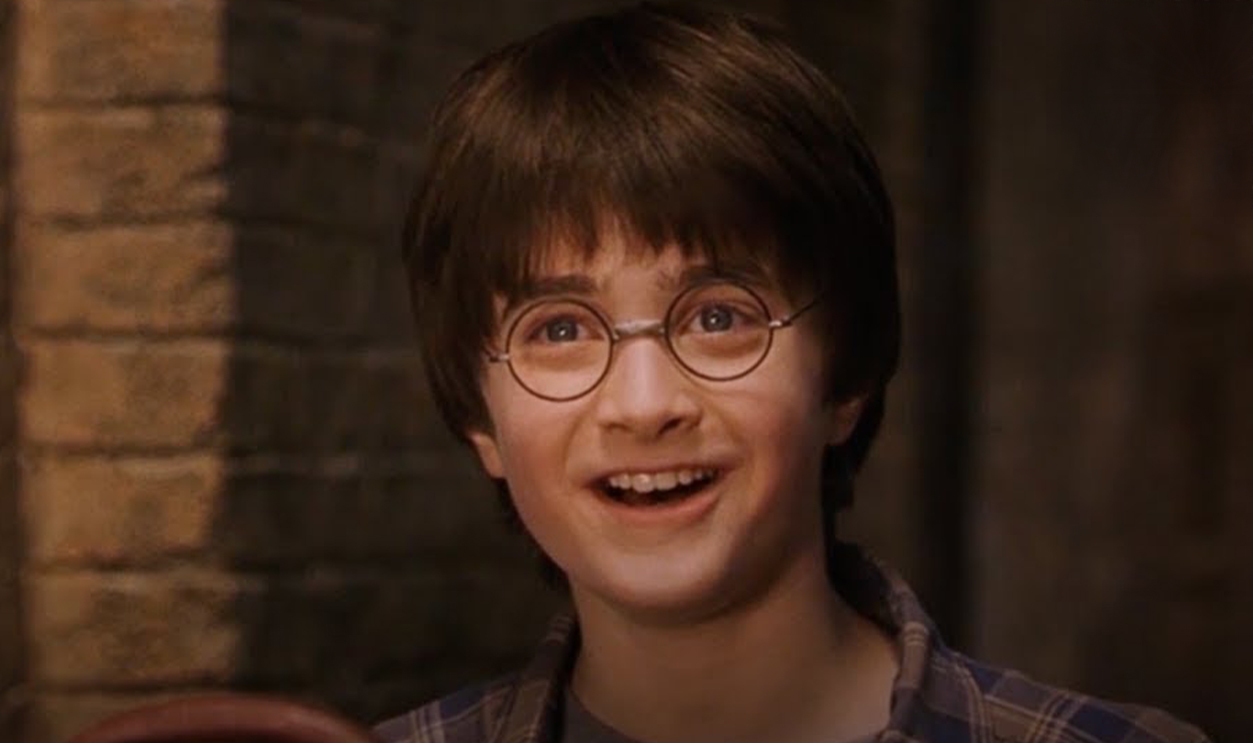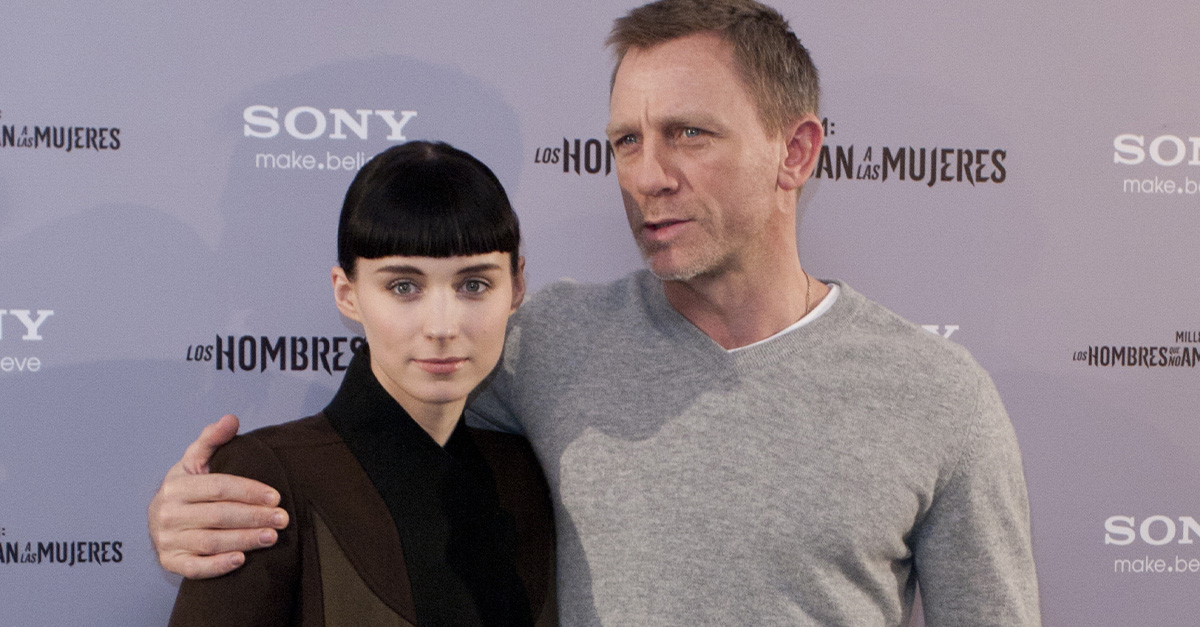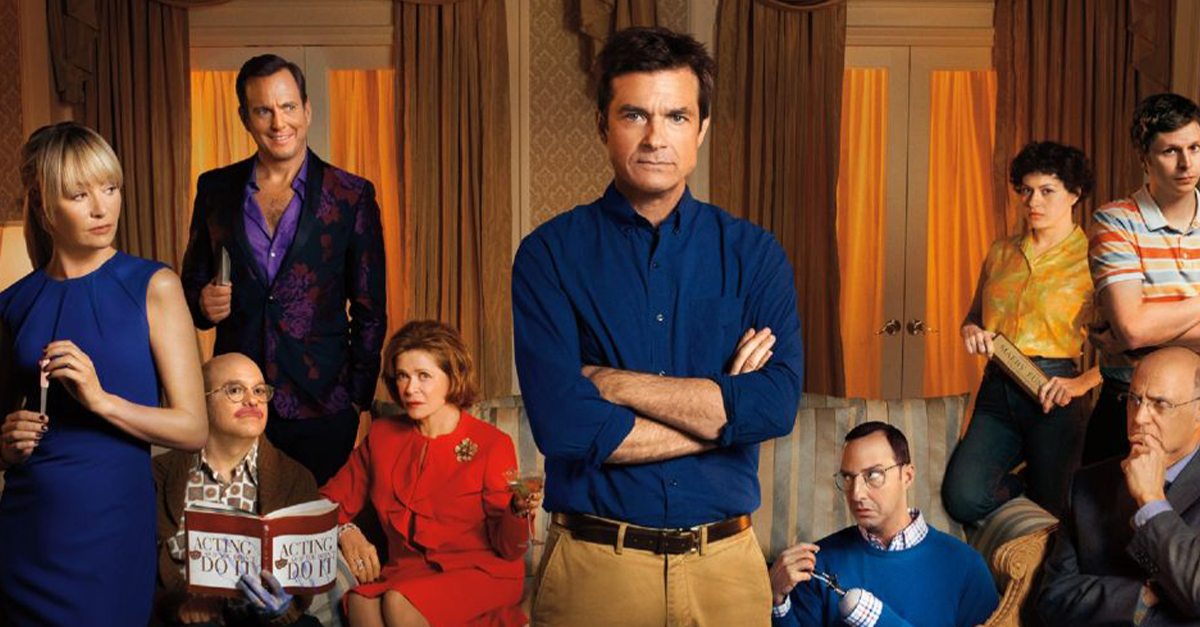Nights Of Dread
Zombies and vampires? Or some good ol' slasher? Or maybe you're a fan of psychological horror and found footage movies. Regardless of your preferences, this list might have something for each one of you.

The Exorcist (1973)
The Exorcist, directed by William Friedkin, centered on demonic possession and exorcism. It redefined horror to become one of the first in the genre to earn significant critical acclaim, including 10 Academy Award nominations, winning two.
 12 Feb 1974, Wikimedia Commons
12 Feb 1974, Wikimedia Commons
Exorcist Barf Bags
Several memorable scenes, like the spinning head, are deeply ingrained in pop culture. It was a massive commercial hit, grossing over $441 million worldwide, an unprecedented amount for a horror movie at the time. The film was so intense that some theaters provided Exorcist barf bags.
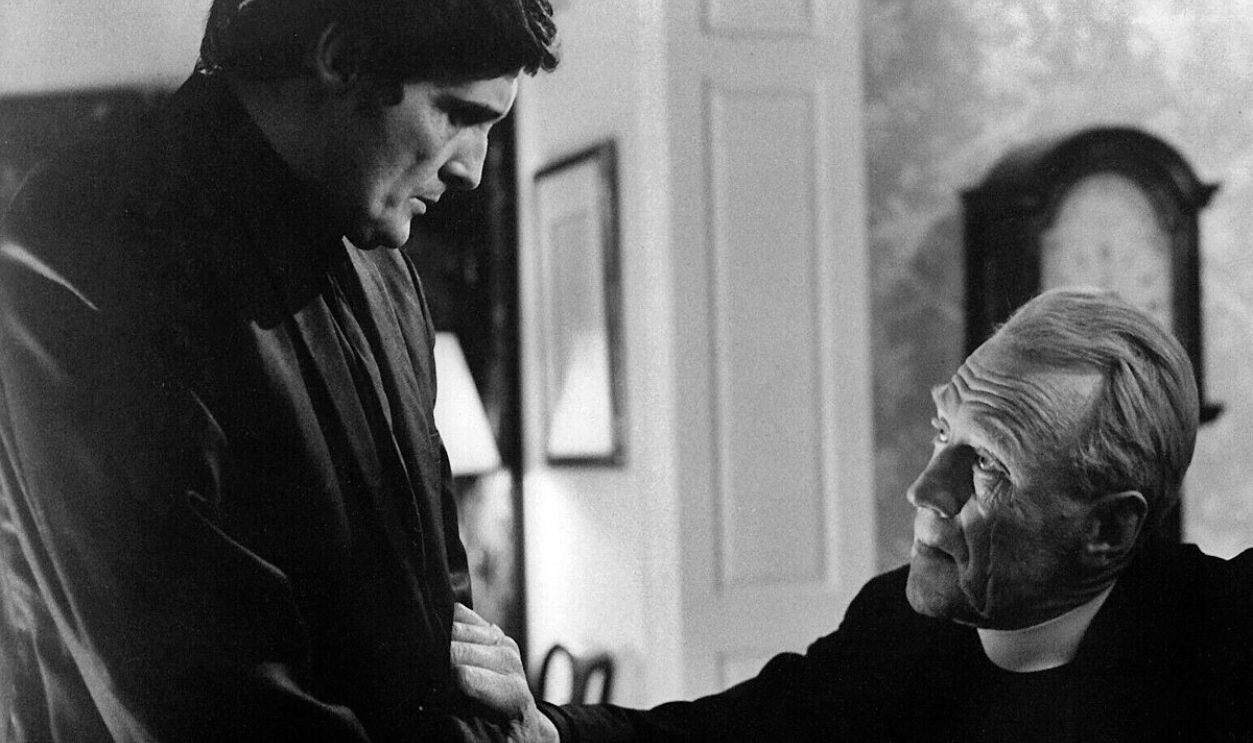 Unknown, Warner Bros., Daniel Case, Wikimedia Commons
Unknown, Warner Bros., Daniel Case, Wikimedia Commons
The Shining (1980)
Did you know that since Danny Lloyd was so young while filming, director Stanley Kubrick made sure he didn't take part in the scary scenes and had him replaced by a dummy? He saw the actual movie 11 years after he acted in it.
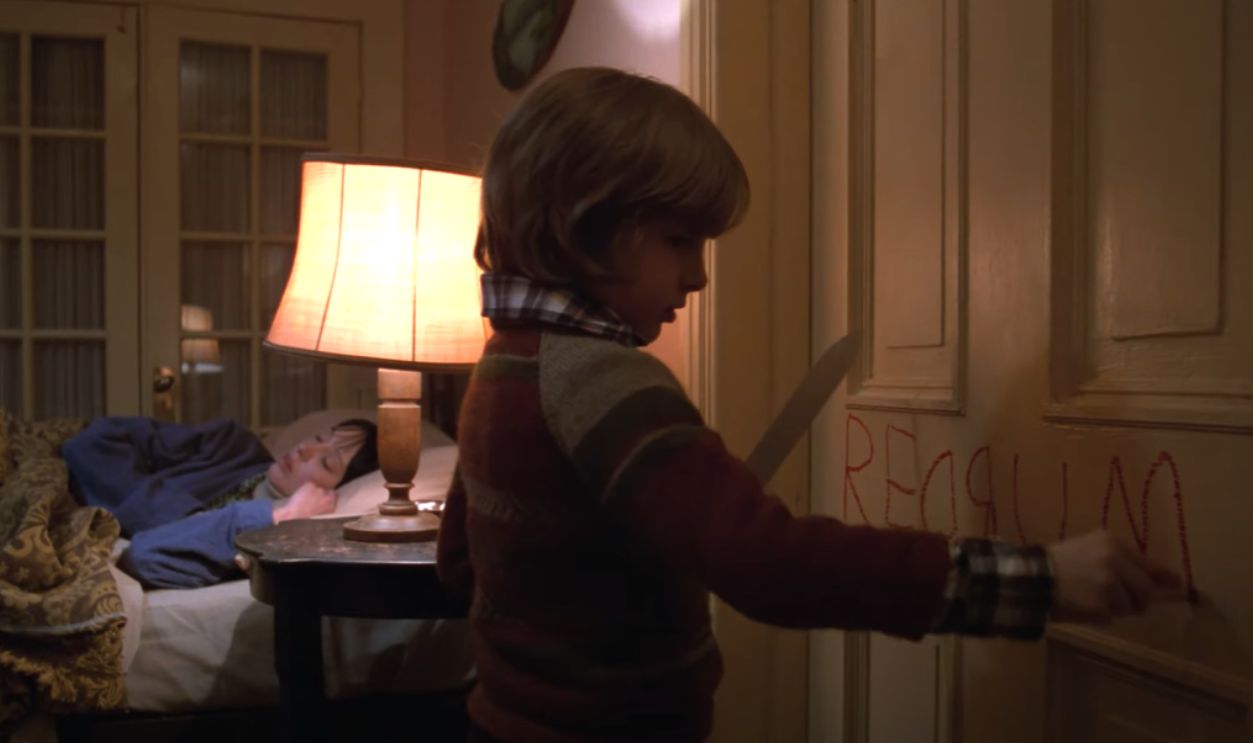 The Shining | 4K Trailer | Warner Bros. Entertainment by Warner Bros. Entertainment
The Shining | 4K Trailer | Warner Bros. Entertainment by Warner Bros. Entertainment
Here’s Johnny!
Adapted from Stephen King's novel, this psychological thriller initially received mixed reviews. However, it has since become a classic, influencing countless movies and TV shows with chilling imagery, like the twins in the hallway and the "Here's Johnny!" catchphrase.
 The Shining | 4K Trailer | Warner Bros. Entertainment by Warner Bros. Entertainment
The Shining | 4K Trailer | Warner Bros. Entertainment by Warner Bros. Entertainment
The Conjuring (2013)
The Conjuring is based on two real paranormal investigators and their work with the Perron family, who experienced terrifying events in their Rhode Island farmhouse. It combines classic haunted house tropes with modern filmmaking techniques.
More Horror To Follow
It became the foundation of a successful franchise, including spin-offs like Annabelle and The Nun. The focus on grounded characters and emotional stakes elevated it above typical ghost stories, which allowed it to gross over $319 million worldwide on a $20 million budget.
 The Conjuring (2013) Ed and Lorraine arrives | Insult to the trinity HD by Pennyworth
The Conjuring (2013) Ed and Lorraine arrives | Insult to the trinity HD by Pennyworth
Jaws (1975)
Many people get terrified only by hearing John Williams' soundtrack for Jaws. The film preys on the universal fear of the unknown lurking beneath the water's surface. Its tension-building pace remains unmatched, with several sequels and spin-offs.
 Jaws | Final Face-Off With the Shark in 4K Ultra HD by Universal Pictures
Jaws | Final Face-Off With the Shark in 4K Ultra HD by Universal Pictures
What Lurks Beneath
Directed by Steven Spielberg, Jaws follows Police Chief Brody, marine biologist Hooper, and shark hunter Quint as they try to stop a massive great white shark terrorizing a small beach town. It heightened public fears of sharks and solidified Spielberg's career.
 Jaws | Final Face-Off With the Shark in 4K Ultra HD by Universal Pictures
Jaws | Final Face-Off With the Shark in 4K Ultra HD by Universal Pictures
The Texas Chainsaw Massacre (1974)
To cut down on expenses, Tobe Hooper hired a group of unknown actors, most from central Texas, where the movie was shot. Though loosely inspired by the crimes of Ed Gein, the movie's gritty realism shocked audiences and influenced the slasher genre for decades.
 The Texas Chain Saw Massacre (1974) - Leatherface's first victim (4k) by The Texas Chainsaw Massacre
The Texas Chain Saw Massacre (1974) - Leatherface's first victim (4k) by The Texas Chainsaw Massacre
Too Little Money, Too Much Horror
Leatherface had lines of gibberish in the script, and the actor had to portray their meaning without actually speaking. The movie's raw, documentary-like style and unsettling tone set the standard for low-budget horror films, with many of the budget constraints working to its advantage.
 The Texas Chainsaw Massacre (1974) - Original Trailer (4K) by The Texas Chainsaw Massacre
The Texas Chainsaw Massacre (1974) - Original Trailer (4K) by The Texas Chainsaw Massacre
Saw (2004)
The Saw franchise belongs to the psychological horror and torture thriller subgenres. With 10 movies released so far, the franchise follows the Jigsaw Killer, who forces his victims to play sadistic games for survival by subjecting them to impossible choices.
Done In 18 Days
Although the first movie was shot in just 18 days, Leigh Whannell and James Wan became prominent figures in horror, later creating franchises like Insidious. Tobin Bell's portrayal of Jigsaw became one of its kind and highlighted his legacy in horror.
Hereditary (2018)
The Graham family discovers horrifying secrets after the death of their matriarch. Toni Collette delivers a tour-de-force performance as a grieving mother whose life spirals out of control in a film that challenges the audience with its mix of psychological dread and supernatural horror.
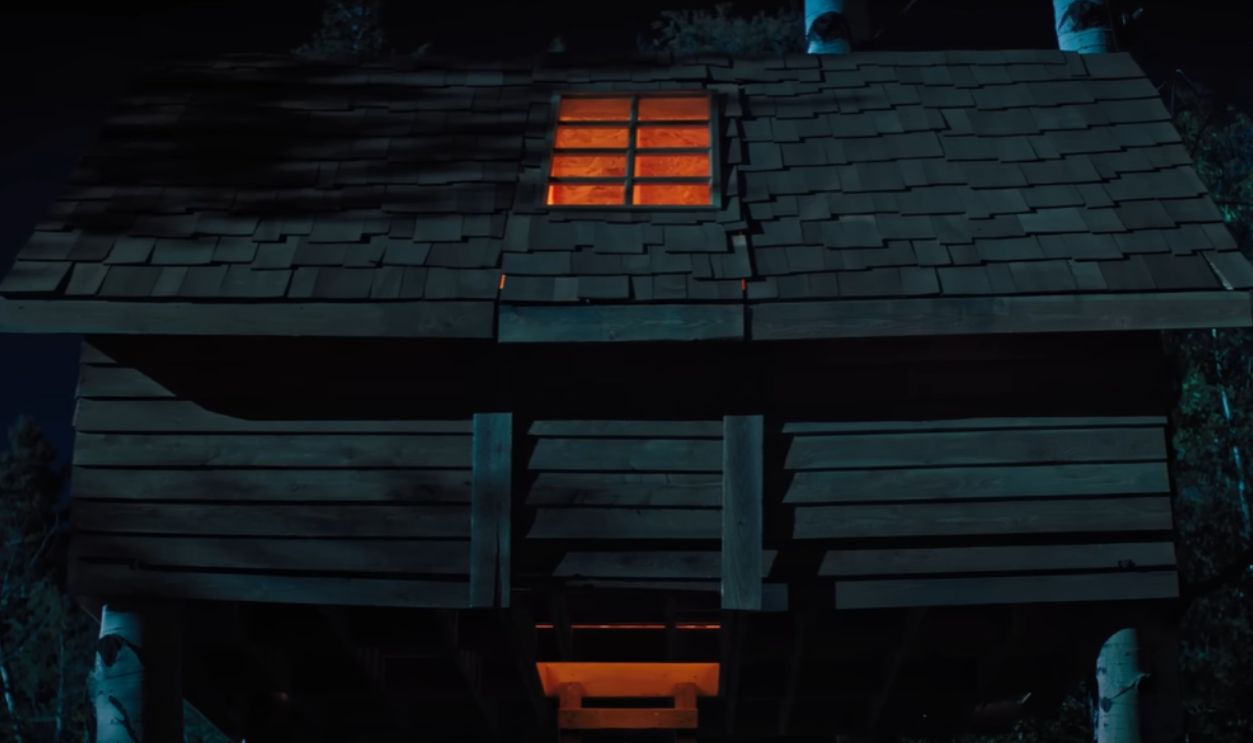 Hereditary | Official Trailer HD | A24 by A24
Hereditary | Official Trailer HD | A24 by A24
Crazy Attention To Detail
Toni Collette's intense portrayal earned critical acclaim and renewed appreciation for her versatility, though she expressed hesitation about the emotional toll of the role. The house was custom-built to allow precise camera movements for the dollhouse-like aesthetic.
 Hereditary | Official Trailer HD | A24 by A24
Hereditary | Official Trailer HD | A24 by A24
The Witch (2015)
The Witch's slow-burn narrative and immersive atmosphere tap into primal fears of isolation, the unknown, and losing one's grip on reality. Its ambiguity leaves viewers questioning the line between madness and supernatural forces by drawing inspiration from 17th-century real accounts of witchcraft and folklore.
 The Witch | Official Trailer HD | A24 by A24
The Witch | Official Trailer HD | A24 by A24
Based On Folklore
Set in 1630s New England, the movie follows a Puritan family banished from their community as they settle on an isolated farm near a foreboding forest. The film's focus on period accuracy and psychological tension earned it praise for revitalizing folk horror.
 The Witch | Official Trailer HD | A24 by A24
The Witch | Official Trailer HD | A24 by A24
Sinister (2012)
Sinister tells the story of true-crime writer Ellison Oswalt, played by Ethan Hawke, who discovers a box of disturbing home movies in his attic. The film reveals a pattern of gruesome murders linked to a demonic entity named Bughuul.
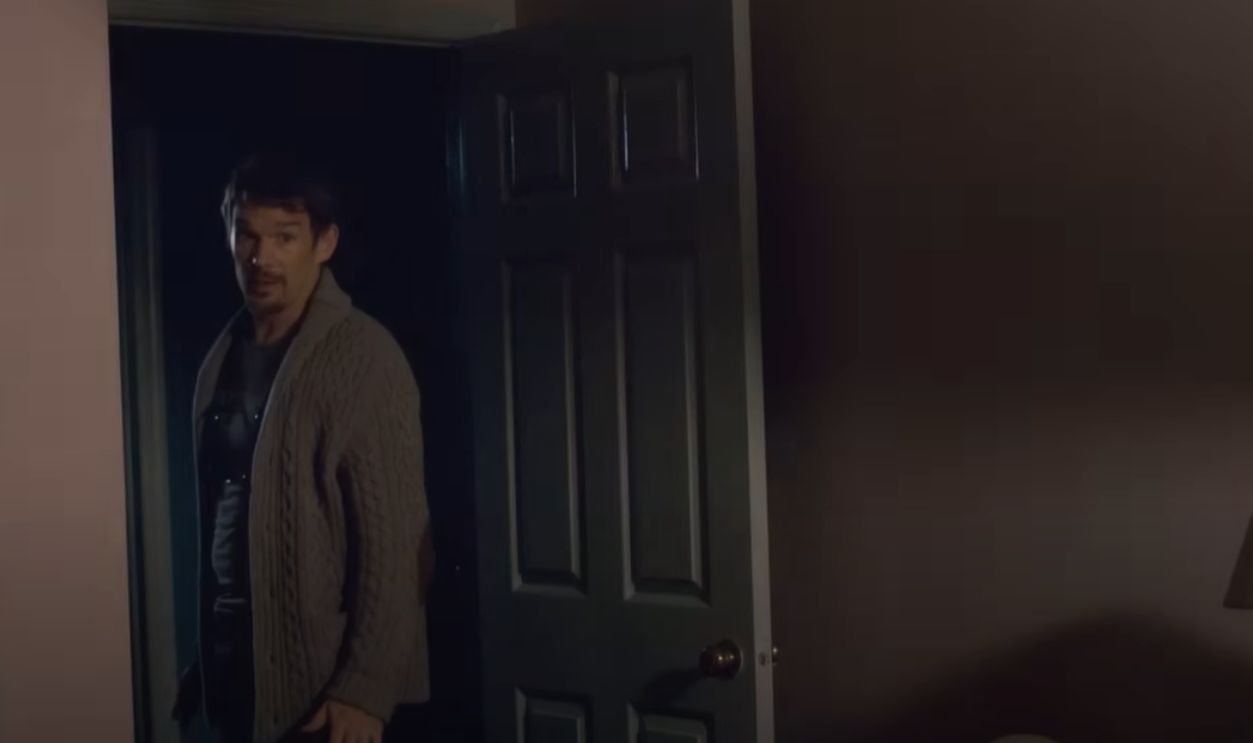 Sinister | Official Trailer by Blumhouse
Sinister | Official Trailer by Blumhouse
Found Footage Horror
This movie stands out for its unsettling use of found footage and its exploration of how obsession can lead to self-destruction. Its unique take on horror earned it critical and audience acclaim, and it remains a modern classic.
 Sinister | Official Trailer by Blumhouse
Sinister | Official Trailer by Blumhouse
Poltergeist (1982)
Did you know that real skeletons were actually used in the pool scene because they were cheaper than plastic ones? But many people consider Poltergeist one of the scariest movies ever made because of the curse that surrounded most of its cast members.
An Unfortunate Fate
Heather O'Rourke, who played the role of Carol Anne, passed only a few years after the movie was released. But she wasn’t the only one. Dominique Dunne was strangled by her boyfriend, and Lou Perryman was killed by an axe.
Psycho (1960)
Sir Alfred Hitchcock's Psycho is a masterpiece with his well-thought-out psychological scare. The film's innovative approach to suspense, character development, and violence marked a turning point in cinema. Its success pushed the boundaries of what could be shown on screen.
 The Truth About Mother - Psycho (11/12) Movie CLIP (1960) HD by Movieclips
The Truth About Mother - Psycho (11/12) Movie CLIP (1960) HD by Movieclips
An Eccentric Behavior
Rumors about Hitchcock's eccentric behavior were mentioned by several people in the industry. He reportedly made actors swear an oath not to discuss the movie's details and even withheld the ending until it was shooting time.
 The Truth About Mother - Psycho (11/12) Movie CLIP (1960) HD by Movieclips
The Truth About Mother - Psycho (11/12) Movie CLIP (1960) HD by Movieclips
Rosemary's Baby (1968)
Mia Farrow's performance as a young woman who questions the nature of her pregnancy earned widespread acclaim and defined her career. Ruth Gordon won an Oscar acting as the sinister neighbor in the supernatural horror, which talks about a sinister satanic conspiracy.
 Rosemary's Baby (1968) - Modern Trailer (2019) by poisonpix
Rosemary's Baby (1968) - Modern Trailer (2019) by poisonpix
Polanski’s Big Hit
Roman Polanski was offered the chance to direct this movie after Alfred Hitchcock declined. The movie had a $3.2 million budget and grossed over $33 million to become one of the highest-grossing films of 1968.
 Rosemary's Baby (1968) - Modern Trailer (2019) by poisonpix
Rosemary's Baby (1968) - Modern Trailer (2019) by poisonpix
The Ring (2002)
As a remake of the Japanese horror film Ringu, The Ring popularized J-horror in Hollywood and led to a wave of similar adaptations. The movie is about a journalist investigating a cursed videotape that kills viewers one week after watching it.
 The Ring - Official Trailer | 2002 by ScreamFactoryTV
The Ring - Official Trailer | 2002 by ScreamFactoryTV
A Successful Remake
The movie's eerie imagery, like Samara crawling out of a TV, became instantly iconic. The director used subliminal messages and imagery on the cursed tape to unsettle viewers. This movie was so successful that even the original Japanese director praised it.
 The Ring - Official Trailer | 2002 by ScreamFactoryTV
The Ring - Official Trailer | 2002 by ScreamFactoryTV
Halloween (1978)
Thanks to the success of the 1978 movie, Halloween expanded to become a slasher media franchise. It introduced the "final girl" trope and established Michael Myers as one of horror's most enduring villains. This movie inspired countless sequels, remakes, and imitations—all of which make it a legend in pop culture.
 HALLOWEEN 1978 | TRAILER by Cinépolis Argentina
HALLOWEEN 1978 | TRAILER by Cinépolis Argentina
A Haunting Franchise
With 13 movies released, Halloween became a sensation in the slasher horror genre. Michael Myers is the villain in all of them except for one, which wasn't connected to the original theme. Halloween grossed $70 million worldwide, making it one of the most profitable independent films in history.
 HALLOWEEN 1978 | TRAILER by Cinépolis Argentina
HALLOWEEN 1978 | TRAILER by Cinépolis Argentina
Insidious (2010)
Supernatural horror lovers were in for something different with James Wan's Insidious. He kept jump scares unpredictable and used silence to heighten tension. The success of the movie led to the production of a franchise, although Wan directed only the first two.
 Insidious | Official Trailer by Blumhouse
Insidious | Official Trailer by Blumhouse
Three Weeks Were Enough
The first movie was shot in three weeks and became one of the most commercially successful movies by making $100 million against its $1.5 million budget. Patrick Wilson joined the movie after Ethan Hawke turned down the leading role.
 Insidious | Official Trailer by Blumhouse
Insidious | Official Trailer by Blumhouse
It (2017)
Based on Stephen King's novel, It follows a group of kids in Derry, Maine, as they face Pennywise the Dancing Clown, a shape-shifting entity that preys on their fears. Directed by Andy Muschietti, the film mixes chilling scares and heartfelt moments of friendship, with a side of gross.
 IT - Official Teaser Trailer by Warner Bros. Pictures
IT - Official Teaser Trailer by Warner Bros. Pictures
Making Use Of An Unusual Talent
Pennywise's terrifying portrayal by Bill Skarsgård made It a cultural phenomenon. Skarsgård could naturally move his eyes independently, and the director used this trick in the film. Many people believe that the film's exploration of childhood trauma is the reason it became a hit.
 IT - Official Teaser Trailer by Warner Bros. Pictures
IT - Official Teaser Trailer by Warner Bros. Pictures
Get Out (2017)
Blending horror with sharp critiques of racism, Get Out follows Chris, a black man visiting his white girlfriend's family. However, disturbing truths about their weird intentions emerge to keep the audience on the edge of their seats.
 Get Out | Trailer | Own it now on 4K, Blu-ray, DVD & Digital by Universal Pictures All-Access
Get Out | Trailer | Own it now on 4K, Blu-ray, DVD & Digital by Universal Pictures All-Access
Fear Redefined
The movie sparked conversations about systemic racism and modern microaggressions. It used horror as a genre capable of addressing social issues. Jordan Peele's directorial debut redefined psychological horror, and he won an Oscar for the screenplay.
 Get Out | Trailer | Own it now on 4K, Blu-ray, DVD & Digital by Universal Pictures All-Access
Get Out | Trailer | Own it now on 4K, Blu-ray, DVD & Digital by Universal Pictures All-Access
The Blair Witch Project (1999)
The viral marketing campaign, which presented The Blair Witch Project as a real documentary, contributed to its cultural significance and the audience's initial belief in its authenticity. It became one of the most popular found footage horror films.
Surprise, Surprise
For authentic reactions, the directors shook the tent where the actors were sleeping without telling them for a memorable scene. The movie had no script, and most of the dialogue was improvised, including the scene where Heather apologizes while holding the camera.
Midsommar (2019)
Midsommar is a cult classic (pun intended). It tells the story of Dani, played by Florence Pugh, who travels with her boyfriend and friends to a remote Swedish village for a midsummer festival. What begins as a picturesque retreat spirals into a nightmare of pagan rituals and psychological manipulation.
 MIDSOMMAR | Official Trailer HD | A24 by A24
MIDSOMMAR | Official Trailer HD | A24 by A24
That Almost Fooled Us
The film's bright daylight setting contrasts with its dark narrative to challenge traditional horror aesthetics. Its imagery was inspired by Scandinavian folklore, and many of the cult's practices were historically accurate. The horror lies in its psychological manipulation and the gradual realization of the characters' fates.
 MIDSOMMAR | Official Trailer HD | A24 by A24
MIDSOMMAR | Official Trailer HD | A24 by A24
The Omen (1976)
Starring Gregory Peck, The Omen is a supernatural horror about an American diplomat who adopts a child, but he turns out to be the Antichrist. When it grossed $60 million, it became one of the top-grossing films of 1976.
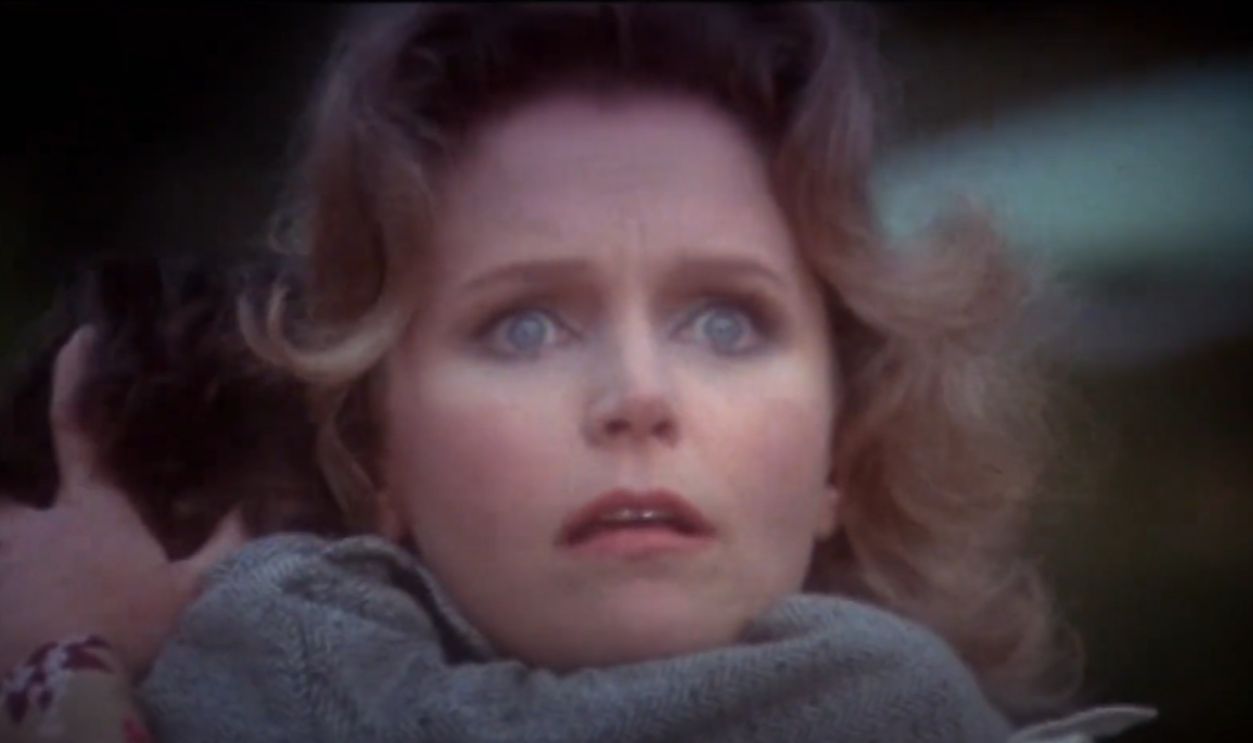 The Omen Collection: The Omen (1976) - Official Trailer by ScreamFactoryTV
The Omen Collection: The Omen (1976) - Official Trailer by ScreamFactoryTV
The Role Music Played
The Omen influenced a wave of occult-themed horror films and is remembered for its chilling score by Jerry Goldsmith, which won an Academy Award. Harvey Stephens, who played Damien, became famous for the role but retired from acting shortly afterward.
 The Omen Collection: The Omen (1976) - Official Trailer by ScreamFactoryTV
The Omen Collection: The Omen (1976) - Official Trailer by ScreamFactoryTV
Scream (1996)
Scream is the first of six movies released in the same franchise. It follows a girl who's targeted by a masked killer obsessed with horror movie tropes. Its commentary on horror clichés resonated with audiences as a love letter to the genre.
 SCREAM | Official Trailer | Paramount Movies by Paramount Movies
SCREAM | Official Trailer | Paramount Movies by Paramount Movies
The Road To Stardom
Neve Campbell, Courteney Cox, and David Arquette became household names after the movie's success. Cox's role as a tough reporter contrasted sharply with her Friends persona and showed her versatility. The movie's opening scene with Drew Barrymore was inspired by Psycho.
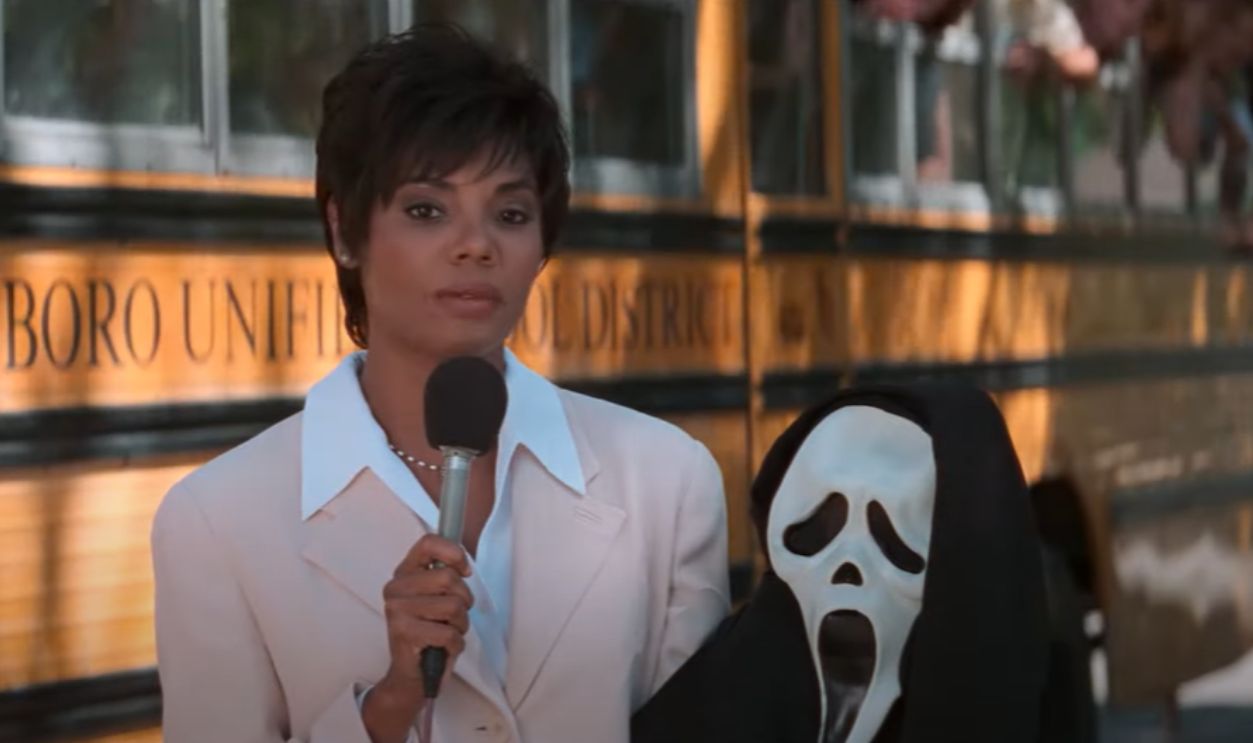 Scream | Official Trailer (HD) - Neve Campbell, Courteney Cox, Drew Barrymore | Miramax by Miramax
Scream | Official Trailer (HD) - Neve Campbell, Courteney Cox, Drew Barrymore | Miramax by Miramax
Misery (1990)
Sometimes, love and admiration can turn into horror, as explained in Misery. The movie was shot in chronological order to allow the actors to build their characters' emotions. It belongs to the psychological horror genre and explores the horrors of fandom taken to an extreme.
 Misery (1990) - Official Trailer by ScreamFactoryTV
Misery (1990) - Official Trailer by ScreamFactoryTV
Love Turned Into Obsession
Misery is a masterclass in tension, as it tells the harrowing story of Paul Sheldon, a successful author held captive by Annie Wilkes, his number one fan. Her fanatical devotion spirals into obsession as she demands he rewrite the ending of his latest novel.











